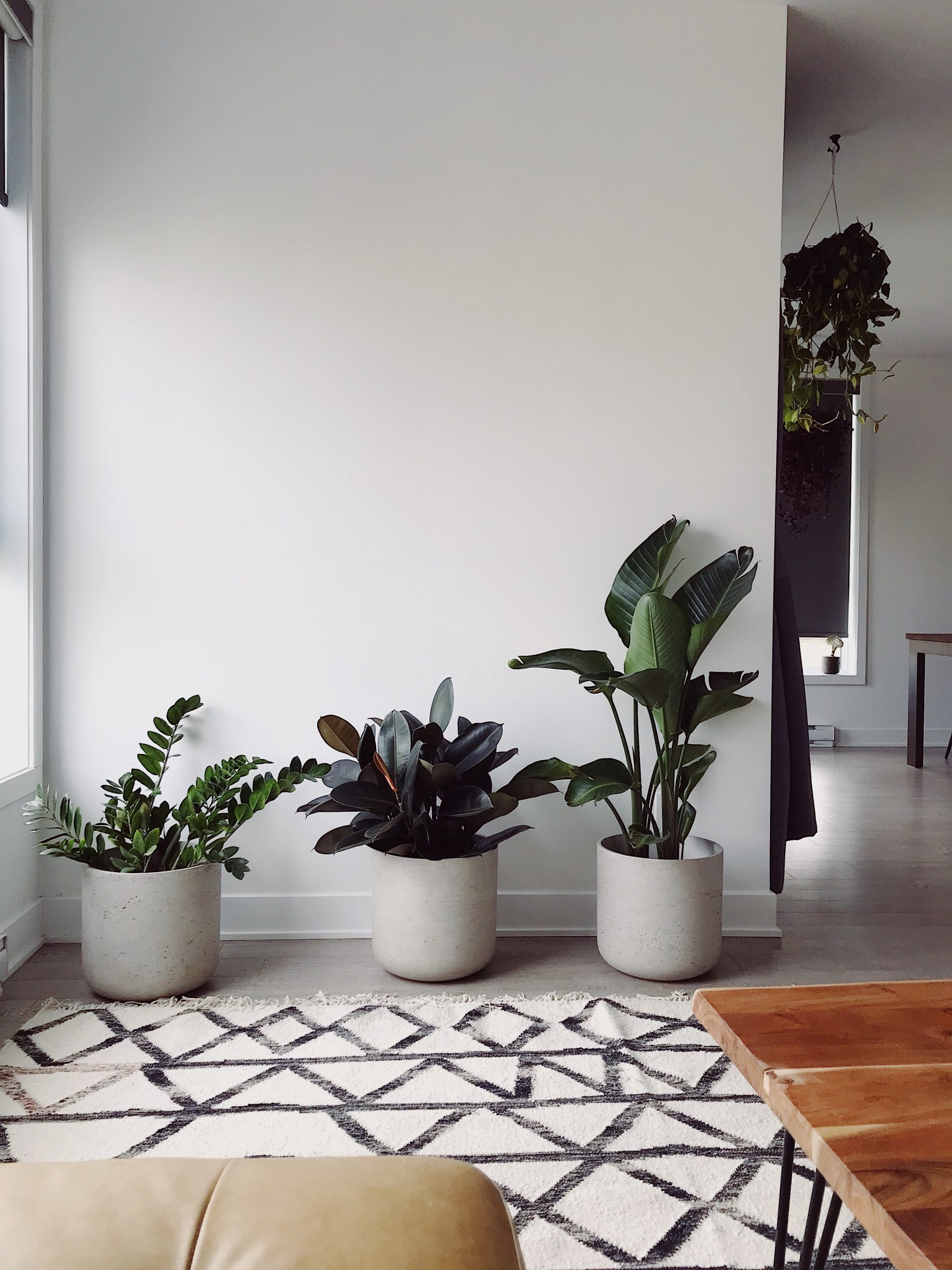Introduction
Butterflies are not only beautiful creatures, but they also play a vital role in pollination, helping plants to produce fruits and seeds. By transforming your backyard into a butterfly haven, you can contribute to the conservation of these essential pollinators while enjoying their enchanting presence. This step-by-step guide will help you create a magical sanctuary for butterflies, allowing you to experience the beauty of nature right in your own backyard.
Step 1: Choose the Right Plants
To attract butterflies, you’ll need to provide them with a variety of nectar-rich plants. Native plants are the best choice, as they are well-suited to your local climate and provide the most suitable food sources for native butterfly species. Some popular nectar plants include milkweed, butterfly bush, coneflowers, and asters. Be sure to include a mix of plants that bloom at different times throughout the season to ensure a continuous supply of nectar.
Step 2: Provide Host Plants for Caterpillars
Butterflies lay their eggs on specific host plants, which serve as a food source for their caterpillars. By including these plants in your garden, you’ll provide a safe place for butterflies to lay their eggs and support the next generation of these beautiful creatures. Some common host plants include milkweed for monarch butterflies, parsley and dill for black swallowtails, and passionflower vines for gulf fritillaries.
Step 3: Create a Sheltered Environment
Butterflies need shelter from wind and predators. Incorporate tall grasses, shrubs, and trees into your garden design to create a protected environment where butterflies can rest and hide. Additionally, consider adding a butterfly house, which can provide a safe place for butterflies to roost during inclement weather.
Step 4: Provide Water and Minerals
Butterflies require water and minerals to thrive. Create a shallow puddling area by filling a shallow dish or birdbath with sand and water. This will provide a place for butterflies to drink and obtain essential minerals. Be sure to keep the water clean and replenish it regularly.
Step 5: Avoid Pesticides
Pesticides can be harmful to butterflies and other beneficial insects. To maintain a healthy butterfly haven, avoid using chemical pesticides in your garden. Instead, opt for organic pest control methods, such as introducing beneficial insects like ladybugs and praying mantises, which can help keep pest populations in check.
Step 6: Observe and Enjoy
Once you’ve created your butterfly haven, take the time to observe and enjoy the beauty of these captivating creatures. Keep a journal to record the different butterfly species that visit your garden, and consider participating in citizen science projects to help track butterfly populations and contribute to conservation efforts.
Conclusion
Transforming your backyard into a butterfly haven is a rewarding project that not only enhances the beauty of your outdoor space but also supports the conservation of these essential pollinators. By following this step-by-step guide, you can create a magical sanctuary for butterflies and experience the beauty of nature right in your own backyard.









